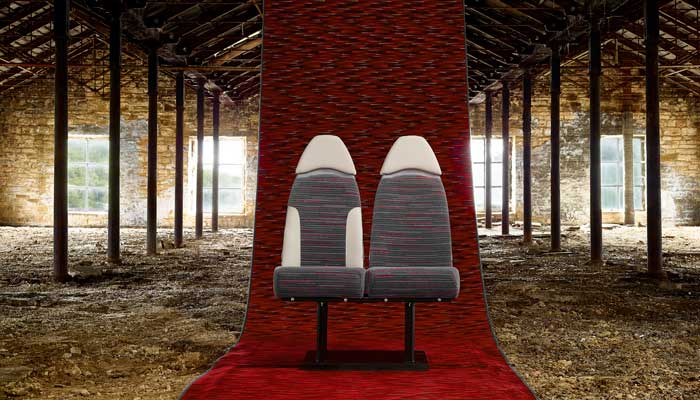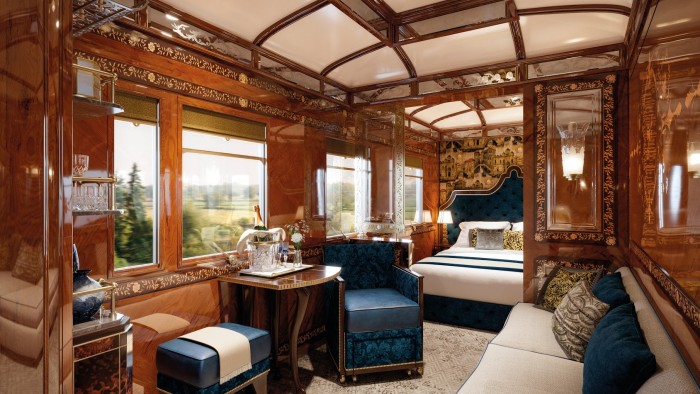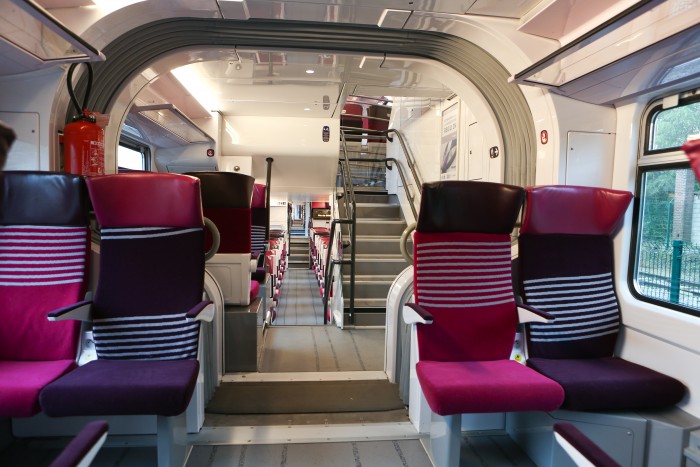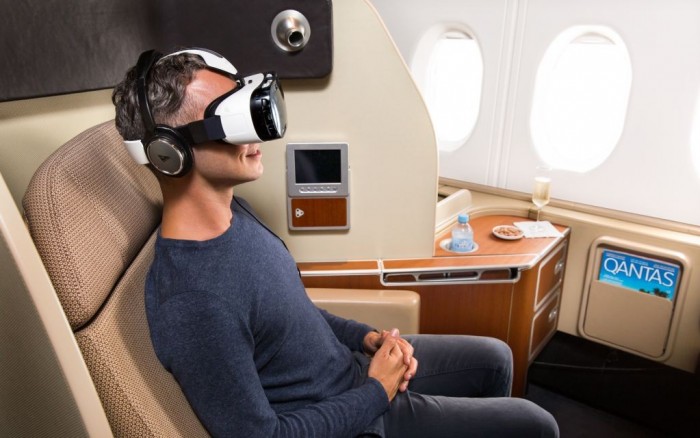Hospitality on the move…
The definition of hospitality is a warm, generous treatment of visitors, guests or strangers. So, when specifying or buying with transport environments in mind we shouldn’t forget what we set out to do with any interior space – Make the person using the area feel comfortable, relaxed and welcome.
Global textile innovator, Camira has recently released their first edition ‘Transport Design Directions’ trend report. This has prompted us to look at this area in more detail and look at how it compares with the hospitality market. To find out more about the Camira transport trend report you can read our full article on it here.
 Ticket to ride
Ticket to ride
Camira’s report tells us that bus and coach interiors do have high technical standards but still need to look good! Camira have identified that future design concepts need to focus on improving the passenger experience through appealing visual design, sturdy materials and comfort.
Their in-house design team work closely with bus and coach operators to create the most appropriate fabric solutions, not only in terms of colour and appearance but also meeting the strict standards, most notably flammability performance. They have worked on iconic projects such as the Routemaster London Bus, First Group, Chicago Transit Authority and Arriva Deutsche Bahn.
Kevin Smith, Business Manager for the Bus/Coach sector for Muirhead comments on how their high performance leathers can been used;
“Transport companies tend to use brighter different colours to distinguish brand / routes. The transport environment differs from hospitality in that the wear and tear can be expected to be much higher just by the turnover of passengers and the amount of time per day the vehicles are in service.
He added;
“My favourite project we’ve been involved in was the highest UK specification city bus project, Route 36 at Transdev Blazefield in Harrogate. The vehicles include full leather city bus and coach seats, glass top deck roof, Wi-Fi and excellent branding.”
The high seas
Leading marine lighting designer and manufacturer, Chelsom has worked on many cruise ships, ferries and luxury yachts. They work closely with major nautical operators and have great expertise in adapting their products to suit life on the sea. Quality and refinement of products is just as important on land as it is for marine, if not more so. Products must be made so that they don’t move or vibrate with the ships engines constant tremoring. For Chelsom’s Regent Seven Seas Explorer project, a 650kg crystal chandelier was made, with over 6000 individual hand-attached crystals. To ensure each crystal did not move, they created a structure that was rigid enough to avoid movement. Not a consideration you have with land-based projects!
Quality and refinement of products is just as important on land as it is for marine, if not more so. Products must be made so that they don’t move or vibrate with the ships engines constant tremoring. For Chelsom’s Regent Seven Seas Explorer project, a 650kg crystal chandelier was made, with over 6000 individual hand-attached crystals. To ensure each crystal did not move, they created a structure that was rigid enough to avoid movement. Not a consideration you have with land-based projects!
Chelsom has a specialist team led by Marine Director, John Hadley that purely focus on this sector. The approach, although similar to hospitality, cruise liners are normally on an even larger scale! We spoke to John Hadley about his favourite marine project and he said;
“The unique challenges of the marine sector mean that projects can be very different whether it is the largest cruise ship in the world, the most luxurious cruise ship in world or the most exclusive luxury yacht. If I had to choose a favourite it would be the Regent Seven Seas Explorer project which was just on another level, truly luxurious in every way and equally challenging.”
He continued to say;
“When people talk as much about your chandelier in the Atrium as they do about the original Picasso and Chagall paintings in the master suite you know you have been part of something very special.”
Do the locomotion
 Grand Suite of the Venice Simplon-Orient-Express
Grand Suite of the Venice Simplon-Orient-Express
When we think of inspiring train interiors, the world-famous Orient Express jumps straight to mind. And what says hospitality more that the lavish fabrics and ornate detailing that’s onboard these carriages. Even with the lack of space and the distracting ever-changing landscapes flying by, classic luxury and comfort is not a problem.
But on the other end of train travel, even every-day trains need to be designed with the passengers needs and comfort in mind. Train travel has become more and more popular and designers must incorporate clean, comfortable designs while still accommodating space for the likes of bikes, buggies and baggage.
Being high-traffic areas, choice of materials is so important to the success of the design. Rubber may not be the most glamourous material, but it is hardy, hygienic and safe – so it is the most popular choice for these areas.
 Image supplied by Bombardier Transportation
Image supplied by Bombardier Transportation
Will Tanner of Bombardier Transportation – global leader in rail engineering and design told us;
“After compliance with various standards including fire safety and customer requirements, we tend towards materials which are hard-wearing and easily cleaned/maintained as these products can be in service 20-hours a day or more for 30-years plus. Requirements can also dictate the material and finishes options, or combinations thereof, e.g. considering passengers with mobility impairments; glare, contrast, etc.”
Soaring at 30,000ft
Aircraft design also comes down to passenger experience. The usual top needs of passengers are; comfort, entertainment and some sort of nourishment. With this in mind, specialist aircraft cabin interior designers, Airjet Designs research trends in aviation as well as hospitality when designing for this sector.
Muirhead Leather’s aviation expert, Dominic Duffy told us;
“There are plenty of differences in producing leather for aviation as opposed to hospitality. Weight is a particular concern for airlines and our lightweight voyager is becoming more popular due to the savings it provides. Durability in a high-use environment is an important consideration with aircraft normally flying on average for 16 hours per day.”
Entertainment has been a staple for long-haul air travel for decades and with technology driving this element of travel, it is more and more important to incorporate into design. This overhaul in design goes across all of the transport sector, where we see tech being used on buses, trains, planes and automobiles, whether it’s; highspeed wifi, tablets, tv screens, gaming and even virtual reality.
 Image supplied by Qantus Airlines
Image supplied by Qantus Airlines
VR is already being tested out on airlines such as KLM/Air France and Qantas as an alternative to traditional in-flight entertainment.
Looking at the design trends and methods in the different transport sectors we can see that they all do run closely with hospitality. The obvious difference being the limited space you get with transport. However, we can see that with all contract sectors; durability, ease of maintenance while being aesthetically pleasing are the top concerns. Every environment has its own considerations but no matter what, the user of the space must feel welcome and comfortable.




